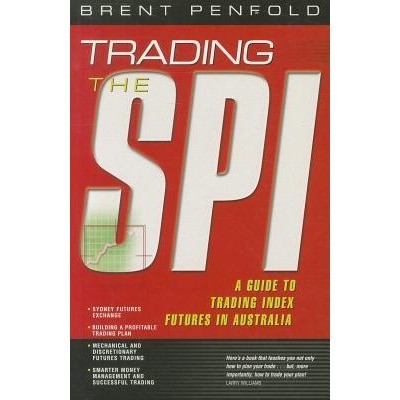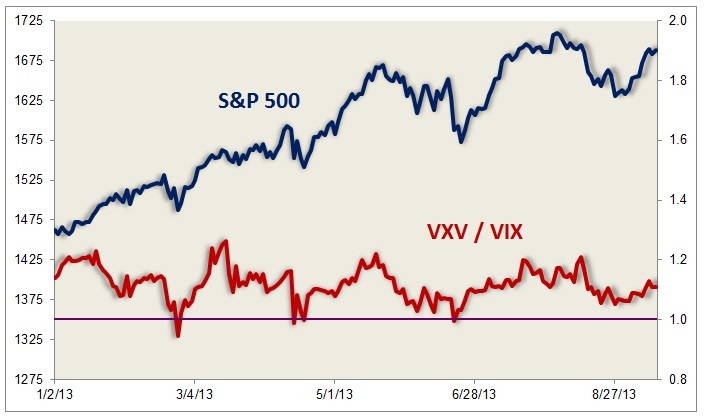Reading the Markets Rhoads Trading VIX Derivatives
Post on: 19 Сентябрь, 2015 No Comment

Wednesday, September 21, 2011
Rhoads, Trading VIX Derivatives
These days the markets are, as we all know, exceedingly volatile. So why not take advantage of the situation instead of throwing up during the roller coaster ride? In Trading VIX Derivatives: Trading and Hedging Strategies Using VIX Futures, Options, and Exchange-Traded Notes (Wiley, 2011) Russell Rhoads does a yeomans job of explaining a wide range of VIX products, including volatility indexes on alternative assets, and exploring some winning (and losing) strategies.
This book is not a page-turner, but what it lacks in literary flow it more than makes up for in data. For instance, Rhoads explores some strategies for using VIX futures as a tool in market forecasting. As one example, he looks at what happens on a day when the spot VIX index rises more than the S&P 500 lost but when the futures rise less than the S&P 500 lost. The day in question happened to be November 20, 2008, a short-term bottom for the stock market. The S&P 500 index was up over 15 percent over the next four trading days following this divergence day. (p. 120)
The author also provides data on hedging strategies. A portfolio invested in the S&P 500 index compounded monthly from January 2007 through December 2010 would have lost money; one that was 90% committed to the index and 10% invested in VIX futures would have come out just slightly ahead. Rhoads suggests that as the VIX and VIX futures have gone through periods of high and low levels, an approach that dynamically hedges based on some sort of indicator or market analysis may result in stronger outperformance. This outperformance may be achieved through increasing or decreasing exposure to volatility based on some systematic approach. (p. 146)
Rhoads cites a study that looked into whether allocating a small portion of a diversified 60-40 portfolio to VIX futures and options would have improved the overall portfolio performance during the financial crisis (August 1, 2008 to December 31, 2008). The most dramatic improvement came from buying out of the money VIX calls with strikes that were 25% higher than the VIX index. [T]he fully diversified model portfolio lost 19.68 percent in value. Contributing 1 percent out of the money VIX calls to the portfolio resulted in a portfolio return of 17.70 percent. A 3 percent weighting of out of the money VIX calls resulted in a portfolio return of 97.18 percent. The authors of the study cautioned, however, that over the long term, exposure to the VIX for diversification purposes may result in underperformance. (p. 147)

Traders can also, of course, speculate with VIX derivatives. Rhoads exhorts traders to pay attention to details, such as when VIX futures and options expire (a Wednesday that may vary from month to month) and how options are valued (using the underlying futures) versus how they are settled (in cash based on the VIX index).
Most of the speculation section is devoted to calendar spreads with VIX futures, with VIX options, and with a combination of VIX futures and options. Rhoads also discusses vertical spreads as well as iron condors and butterflies.
Trading VIX Derivatives may not be the quintessential curl up in front of the fireplace book, but it belongs in the library of every portfolio manager and trader who wants to learn how to profit from using VIX products. And I suspect more and more investors and traders will fall into this category.














